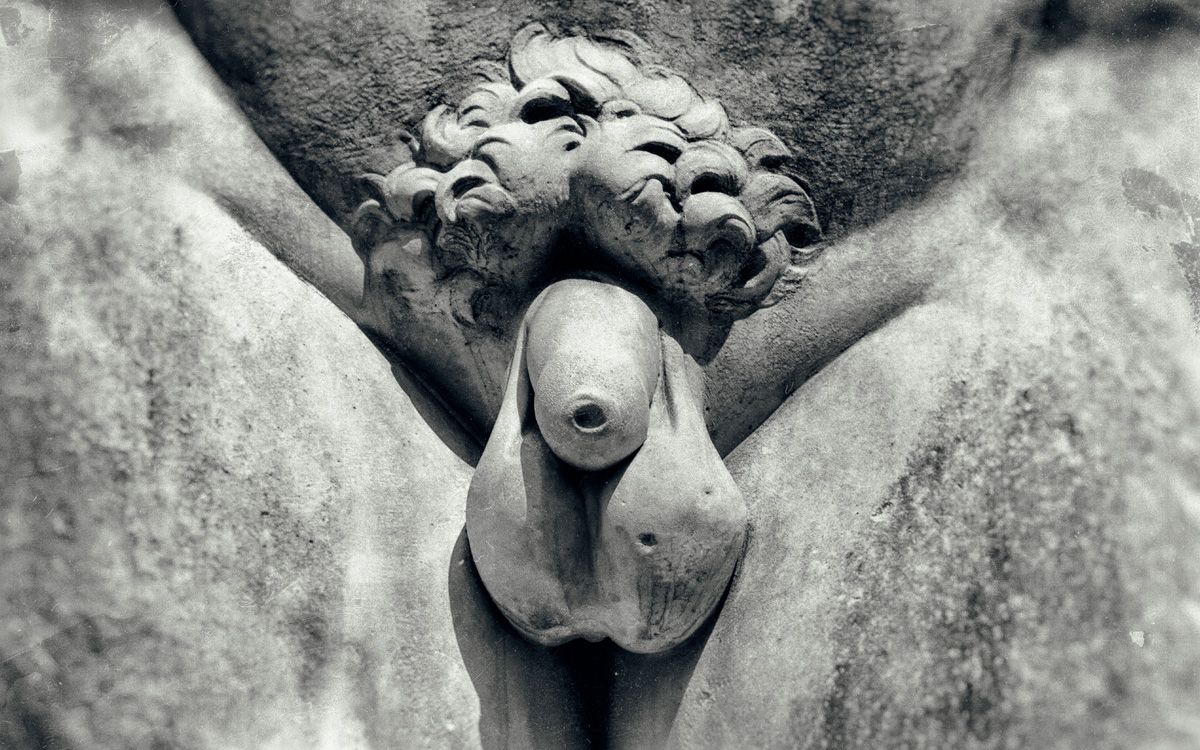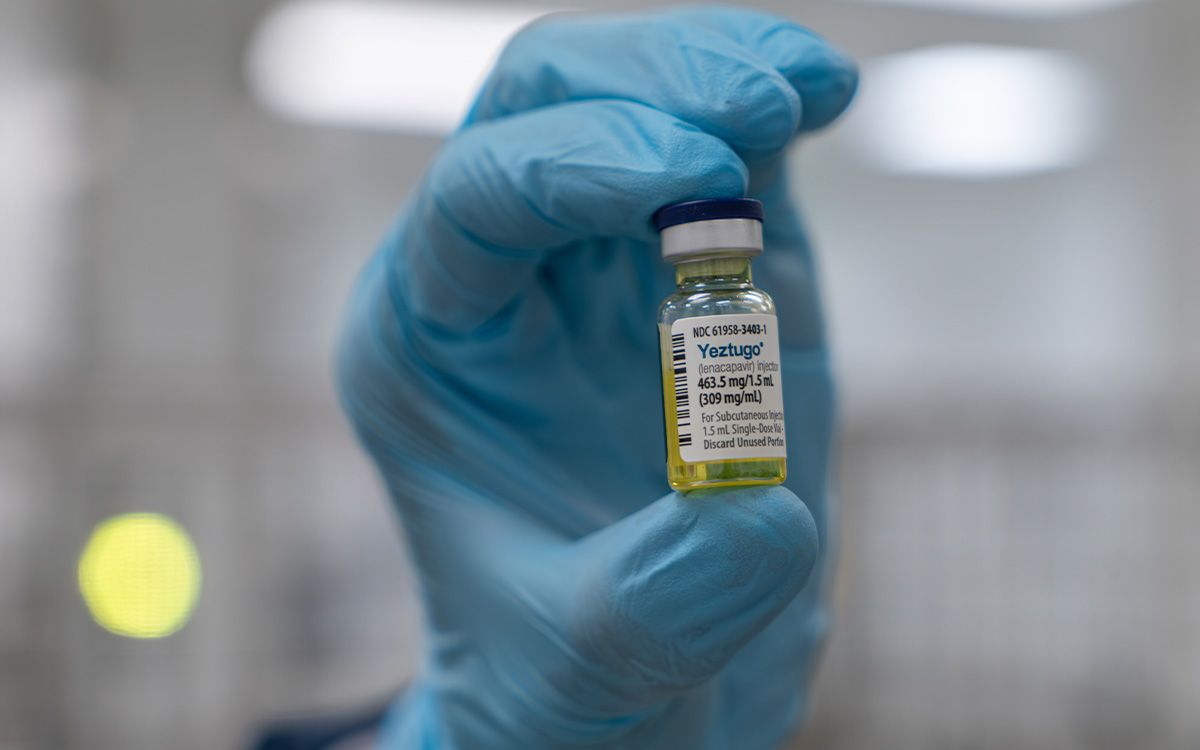Ever wondered what happens to your penis as you age?

All parts of your body age and the penis is no exception. Changes to how your penis looks or works can be signs of underlying health issues and can affect your quality of life. So understanding which changes are normal and when to seek help is important.
Here’s what you can expect to happen to your penis as you age, and when to be concerned.
Will my penis shrink?
There is no definitive evidence your penis length and girth will naturally change as you age, despite what you may read.
This is because there is no study that follows the same adults and their penis measurements over decades; existing studies only compare penis size between different adults of different ages.
There are also many different ways to measure penis size – including stretched, flaccid (floppy) and erect. This makes it difficult to compare studies.
However, for some people, conditions associated with ageing can appear to decrease penis length. These include:
-
obesity (which hides the base of the penis)
-
the effects of prostate surgery (temporarily)
-
Peyronie’s disease (where scarring in the fibrous layer of the penis causes it to bend abnormally).
Erect penis length may also decrease with age due to:
-
erectile dysfunction (the inability to achieve erections sufficient for sexual activity)
-
less penile elasticity, which reduces how much the penis expands.
Will I still have erections?
Erectile dysfunction affects 15% of men in their 50s to almost 90% of men over 80, according to an English study of more than 6,000 people. Existing health conditions increased the risk significantly, and the risk was more than doubled in those who rated their health as fair to poor.
Medications such as sildenafil (Viagra) and tadalafil (Cialis) can help. But they do not reverse the underlying blood vessel and nerve damage that cause erectile dysfunction. Eventually other treatments – such as injections or penile pumps – may be options.
Other changes that occur with age include decreased penis sensitivity, which might reduce arousal. Ejaculation is delayed and happens less often.
Semen volume and the force of ejaculation decrease with age. The time taken to “recover” from ejaculating and become sexually responsive again (known as the post-ejaculatory refractory time) also increases with age.
Reaching orgasm is “impossible” or “moderately difficult” for 33% of men in their 70s.
Will the shape of my penis change?
The shape of your penis is not usually expected to change with age. However, Peyronie’s disease (an abnormally bent or curved penis) becomes more common with age. This may be because of accumulation of damage from minor injuries over time.
This condition affects 6.5% of men over 70 and can cause short-term pain and long-term erectile dysfunction.
Will I pee more?
Lower urinary tract symptoms such as incontinence, a weak urine stream, problems with starting and stopping peeing, and nocturia (frequent night time urination) increase as we get older.
These symptoms are moderate to severe in almost 50% of men over 65, and in 70% of men over 80. This is likely due to higher rates of benign prostatic hyperplasia (enlarged prostate) as men age, which has various effects, including on urine flow.
Changes can take their toll …
Physical and functional changes in the penis can affect a man’s health and wellbeing.
Problems with erections or ejaculating can reduce someone’s quality of life if they still want to have sex. So open discussion with a partner, seeking support and professional advice can help.
Lower urinary tract symptoms can also affect a man’s mental health and personal relationships.

… but can be sign of disease
Erectile dysfunction can also hint at serious health problems such as heart disease, high blood pressure, diabetes and disorders of the nervous system.
In this way, the penis reflects vascular health in the rest of the body. So having erectile dysfunction can predict your risk of a future heart attack or stroke.
Lower urinary tract symptoms are also often associated with sexual dysfunction, and can increase the risk of urinary tract infections and chronic kidney disease.
What’s normal and when should I see my GP?
Normal ageing includes changes to the penis’ blood vessels, nerves, and associated organs, such as the prostate. So, as you age, it is normal to have:
-
minor changes in the size and shape of the penis
-
a gradual decrease in erectile function and sensitivity
-
mild urinary symptoms that don’t bother you.
Staying healthy and regularly seeing your GP to check for common conditions (such as high blood pressure) should slow down these age-related changes. Other health conditions (such as diabetes) accelerate these changes.
However, it is important to seek medical attention if:
-
there is a significant change in size or shape of the penis, or if you develop unusual lumps
-
there is pain or discomfort in or around your penis
-
erectile dysfunction becomes persistent or bothers you
-
urinary symptoms occur suddenly or bother you.
For more information about men’s health, including resources for partners, see the Healthy Male website. Rob McLachlan, Professor and clinician in fertility medicine, Hudson Institute; Jinghang Luo, Andrology Fellow, Hudson Institute, and Tim Moss, Adjunct Associate Professor, Department of Obstetrics and Gynaecology, Monash University











